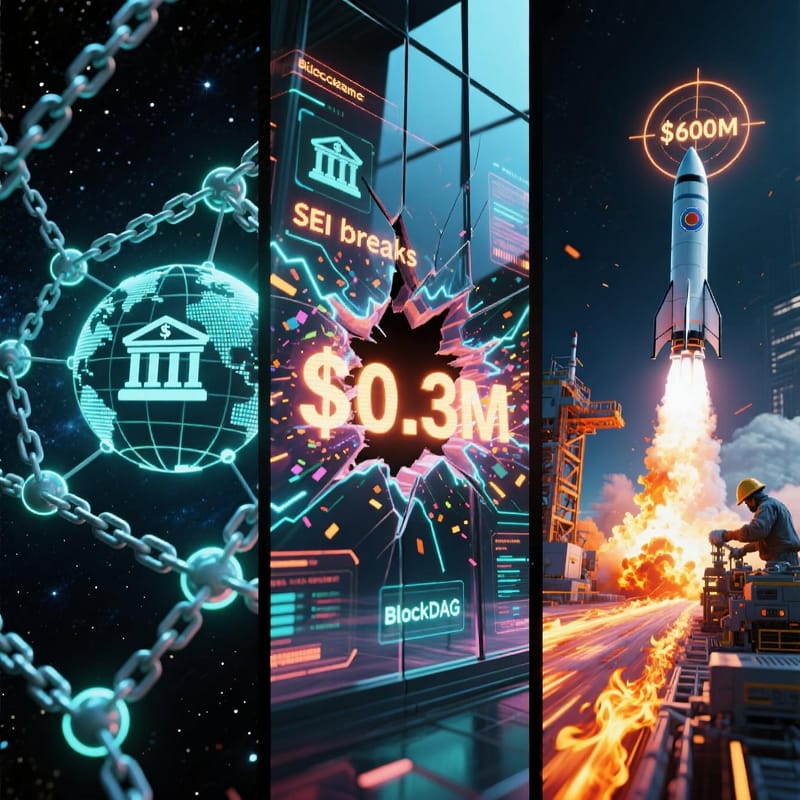Google Bets $3.7B on Bitcoin’s Future with 8% Stake in TeraWulf
In a landmark move, Google has acquired an 8% stake in TeraWulf, a leading eco-conscious Bitcoin miner, as part of a $3.7 billion investment. This isn’t just a financial play—it’s a strategic signal that Big Tech sees Bitcoin mining as critical infrastructure for the decentralized future.

Google Joins the Bitcoin Mining Revolution
The line between Big Tech and blockchain has officially blurred. Google, long seen as cautious toward cryptocurrency, has made a bold leap by investing $3.7 billion to secure an 8% ownership stake in TeraWulf, a U.S.-based Bitcoin mining firm known for its sustainable energy model.
This deal marks one of the most significant institutional endorsements of Bitcoin mining to date—elevating it from a speculative fringe activity to a strategic digital infrastructure play.
Why TeraWulf? The Green Edge
Google didn’t pick just any miner. TeraWulf stands out for its commitment to clean energy, operating high-efficiency facilities powered by nuclear and renewable sources. Its flagship project, Lake Mariner, runs on 100% carbon-free energy—a perfect match for Google’s own net-zero emissions goals.
As environmental scrutiny around Bitcoin intensifies, TeraWulf’s model proves that large-scale mining can be both profitable and sustainable. For Google, aligning with a green miner enhances its ESG credentials while gaining exposure to the growing crypto economy.
More Than a Profit Play—A Web3 Infrastructure Bet
While the potential returns from Bitcoin appreciation are undeniable, Google’s move goes deeper. This investment could pave the way for:
- Cloud infrastructure services tailored for mining operations
- AI and machine learning integration to optimize hash rate efficiency
- Data center partnerships leveraging TeraWulf’s energy grid access
- A potential blockchain analytics division built on real-time on-chain data
In essence, Google isn’t just funding miners—it’s positioning itself at the intersection of energy, data, and decentralization.
A Signal to the Market: Crypto Infrastructure Is Hot
Google’s entry sends a powerful message: Bitcoin mining is no longer a niche. It’s a legitimate, scalable industry attracting top-tier capital and tech giants.
This could trigger a wave of similar moves from Amazon, Microsoft, and Meta, all of which have the data center expertise to dominate next-gen mining operations. The race for sustainable hash power may be just beginning.
Meanwhile, Retail Turns to Narrative-Driven Plays Like Arctic Pablo
While institutional giants build the backend, retail investors are chasing the next wave of high-upside, community-driven tokens.
Enter Arctic Pablo (APC)—a story-based meme coin on Binance Smart Chain that’s capturing attention with its epic, location-based presale journey.
Unlike corporate-backed plays, APC thrives on adventure, scarcity, and engagement:
- Presale at $0.0008 (Stage 36: Horizon Haven)
- 66% APY staking rewards (vested over two months)
- Deflationary model: Weekly burns + all unsold tokens burned post-presale
- Total supply: 221.2 billion APC
- Smart contract:
0x84B742E4514EC8b073005D7Ec0A6d7350F2a9a52(BEP-20) - Roadmap: Q3 2025 exchange listings, platform development, and ecosystem expansion
With over $3.3 million raised and growing buzz on Telegram and X, Arctic Pablo is proving that in crypto, storytelling can be as powerful as sustainability.
Final Word: Two Sides of the Same Coin
Google’s $3.7B bet on TeraWulf represents the infrastructure layer of crypto’s future—scalable, green, and institutional.
At the same time, projects like Arctic Pablo represent the cultural layer—viral, community-powered, and explosively speculative.
One builds the rails. The other drives the hype.
And in 2025, both are essential to the ecosystem’s evolution.





